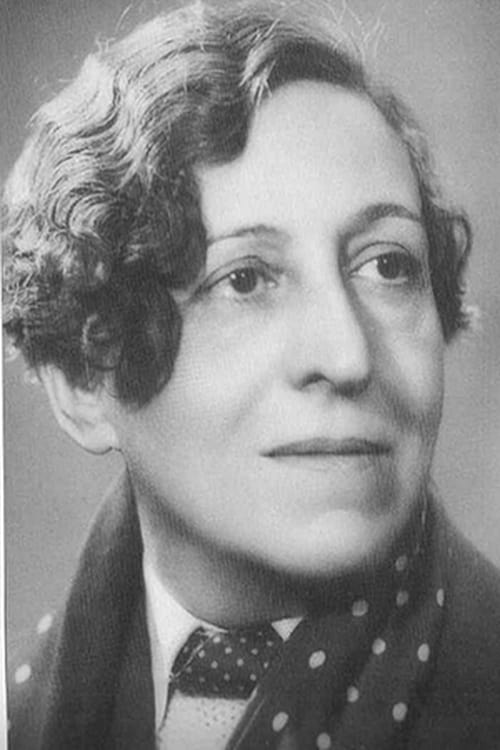
Germaine Dulac
출생 : 1882-11-17, Amiens, Somme, France
사망 : 1942-07-20
약력
Germaine Dulac; born Charlotte Elisabeth Germaine Saisset-Schneider; was a French filmmaker, film theorist, journalist and critic. She was born in Amiens and moved to Paris in early childhood. A few years after her marriage she embarked on a journalistic career in a feminist magazine, and later became interested in film.
Germaine Dulac was born into an upper-middle-class family of a career military officer. Since her father's job required the family to frequently move between small garrison towns, Germaine was sent to live with her grandmother in Paris. She soon became interested in art and studied music, painting, and theater. Following the death of her parents, Dulac moved to Paris and combined her growing interests in socialism and feminism with a career in journalism. In 1905 she married Louis-Albert Dulac, an agricultural engineer who also came from an upper-class family. Four years later she began writing for La Française, a feminist magazine edited by Jane Misme where she eventually became the drama critic. Dulac also found time to work on the editorial staff of La Fronde, a radical feminist journal of the time. She also began to pursue her interest in still photography, which preceded her initial entry into filmmaking. With the help of her husband and friend she founded a film company and directed a few commercial works before slowly moving into Impressionist and Surrealist territory. She is best known today for her Impressionist film, La Souriante Madame Beudet ("The Smiling Madam Beudet", 1922/23), and her Surrealist experiment, La Coquille et le Clergyman ("The Seashell and the Clergyman", 1928). Her career as filmmaker suffered after the introduction of sound film and she spent the last decade of her life working on newsreels for Pathé and Gaumont. Dulac and her husband divorced in 1920.
Following her long and influential cinema career, Dulac became the president of the Fédération des ciné-clubs, a group which promoted and presented the work of new young filmmakers, such as Joris Ivens and Jean Vigo. Dulac also taught film courses at the École Technique de Photographie et de Cinématographie on the rue de Vaugirard. Following her death in 1942, Charles Ford called attention to the difficulty the French Press had with printing her obituary: "Bothered by Dulac’s non-conformist ideas, disturbed by her impure origins, the censors had refused the article which, only after vigorous protest by the editor-in-chief of the magazine, appeared three weeks late. Even dead, Germaine Dulac still seemed dangerous..."

Director
Since 1930, unemployment grows in France. A family, living in the country, is facing economic hardship. The father hesitates to spend his money to invest (i.e. to buy a new cow). On the contrary, her daughter who is unemployed, has another point of view. Against his timidity, she explains to him that the money must be shared in order to change the world. There's so much progress to make in many areas such as health, roads, electricity, school...

Director
Germaine Dulac shot a film in 1935 that she entitled “Le Cinéma au service de l’histoire” – a panoramic perspective on the history of Europe between 1895 and 1930 and an exhilarating archival montage

Supervising Technical Director
A 1935 film supervised by Marceau Pivert and Germaine Dulac and produced by the French section of the Workers' International.

Director
Scenes from two dances: one in the 19th century, one in the 20th century.

Director
A phonograph record inspires lyrical thoughts in a young man and woman in love.

Director
Popular songs accompany two scenes of happiness: a jovial railway worker and a group of children dancing.
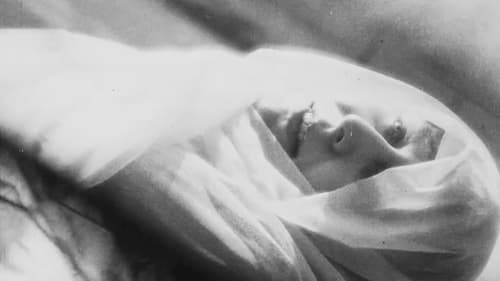
Director
영화의 모든 문제는 ‘시각화’라는 단어에 포함되어 있다. 미래는 말할 수 없는 영화에 속한다. 화면 중 하나인 제7의 예술은 깊이가 예민하고 시각적인 것으로, 음악에서 설명할 수 없는 것과 유사하다. 이러한 개념은 필연적으로 영화적 테마의 수정으로 이어진다.

Director
뒬락의 1929년 세 편의 ‘추상적인’ 영화 , 그리고 은 새로운 매체의 본질을 포착하고 다른 예술에 아무런 도움이 되지 않는 ‘순수’ 또는 ‘통합적인’ 영화를 만들려 했던 영화 제작자에 의해 오랜 기간 동안 숙고된 결과물이다. 은 프레데릭 쇼팽의 전주곡 5번과 6번을 듣는 시각적 인상으로 구상되었다.

Director
Brazen embrace of fashionable costume and glamour creates a witty celebration of Orientalism and cinema itself.

Director

Director
A destitute, drunk woman appears to yearn for the life of a streetwalker.

Director
Carmencita Garcia, a Spanish flamenco dancer, performs two dances.
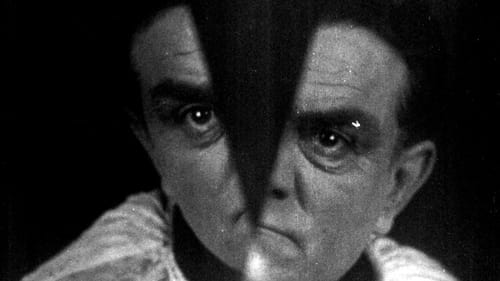
Writer
Obsessed with a general's woman, a clergyman has strange visions of death and lust, struggling against his own appetites.

Producer
Obsessed with a general's woman, a clergyman has strange visions of death and lust, struggling against his own appetites.

Director
Obsessed with a general's woman, a clergyman has strange visions of death and lust, struggling against his own appetites.
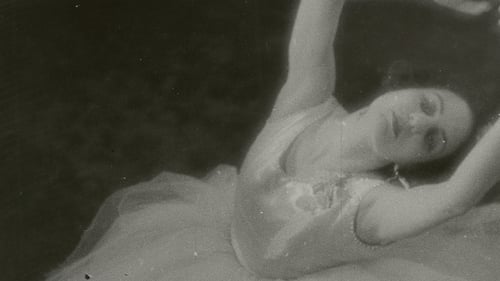
Director
I evoke a dancing woman. A woman? No. A bouncing line with harmonious rhythm. I evoke a luminous projection on veils ! Precise matter! No. Fluid rhythms. Why should one disregard, on screen, the pleasure that movement brings us in the theatre? Harmony of lines. Harmony of light. Lines, surfaces, volumes evolving directly, without the artifice of evocation, in the logic of its forms, dispossessed of any overly human sense, allowing an elevation towards the abstract, thus giving more space to sensations and to dreams : integral cinema. —Germaine Dulac

Writer
20년대 가장 중요한 감독 중 한명인 뒬락은 ‘순수영화’의 가치를 옹호했다. 움직임과 이미지만으로 구성된 영화를 꿈꾸면서 내러티브에 매달리는 영화를 거부하고 움직임의 시각적인 조화에서 영화의 순수한 가능성을 찾으려고 했다. 는 보들레르의 시를 이미지로 옮긴 듯 한 영화다. 시의 운율은 영화 속 이미지와 움직임의 조합을 통해 리듬감으로 구체화된다. 또한 이 제목은 영화 속의 주요 공간인 선실 모양의 BAR 이름이기도 하다. 이곳에서 주인공은 무료한 중산층 여성의 삶과 대비되는 여행을 꿈꾸게 되는데, 바다로 상징되는 다른 삶을 일렁이는 바다의 이중노출, 분할 화면 등을 통해 시각적으로 구체화시킨다. 작은 배 모형에 적힌 이 제목이 세 번째 등장할 때, 그녀의 보잘 것 없는 일상은 ‘모든 것이 질서와 아름다움, 호화와 고요, 그리고 쾌락 뿐.’이라는 보들레르의 시구와 자연스럽게 연결되면서 시적인 감흥과 시각적 이미지가 만나는 경험을 제공받는다. (부산시네마센터 2011 - [개관영화제]백화열전)

Director
20년대 가장 중요한 감독 중 한명인 뒬락은 ‘순수영화’의 가치를 옹호했다. 움직임과 이미지만으로 구성된 영화를 꿈꾸면서 내러티브에 매달리는 영화를 거부하고 움직임의 시각적인 조화에서 영화의 순수한 가능성을 찾으려고 했다. 는 보들레르의 시를 이미지로 옮긴 듯 한 영화다. 시의 운율은 영화 속 이미지와 움직임의 조합을 통해 리듬감으로 구체화된다. 또한 이 제목은 영화 속의 주요 공간인 선실 모양의 BAR 이름이기도 하다. 이곳에서 주인공은 무료한 중산층 여성의 삶과 대비되는 여행을 꿈꾸게 되는데, 바다로 상징되는 다른 삶을 일렁이는 바다의 이중노출, 분할 화면 등을 통해 시각적으로 구체화시킨다. 작은 배 모형에 적힌 이 제목이 세 번째 등장할 때, 그녀의 보잘 것 없는 일상은 ‘모든 것이 질서와 아름다움, 호화와 고요, 그리고 쾌락 뿐.’이라는 보들레르의 시구와 자연스럽게 연결되면서 시적인 감흥과 시각적 이미지가 만나는 경험을 제공받는다. (부산시네마센터 2011 - [개관영화제]백화열전)

Screenplay
"Adapted from a play by Romain Coolus, whose work Dulac had covered as a theater critic at the turn of the century, this atmospheric and socially inquisitive film tells the tale of an independent, sexually liberated woman (Eve Francis) who is torn between her husband (Gabriel Gabrio) and her lover (Paul Guide). Controversial at the time of its release, Antoinette Sabrier finds Dulac using her bold sense of visual rhythm to achieve a complex portrait of a woman trapped in an unhappy marriage and a nuanced investigation into human intimacy, with her characters’ emotions expressed through then-innovative cinematic techniques such as slow motion and associative montage. " - Film Society of Lincoln Center

Director
"Adapted from a play by Romain Coolus, whose work Dulac had covered as a theater critic at the turn of the century, this atmospheric and socially inquisitive film tells the tale of an independent, sexually liberated woman (Eve Francis) who is torn between her husband (Gabriel Gabrio) and her lover (Paul Guide). Controversial at the time of its release, Antoinette Sabrier finds Dulac using her bold sense of visual rhythm to achieve a complex portrait of a woman trapped in an unhappy marriage and a nuanced investigation into human intimacy, with her characters’ emotions expressed through then-innovative cinematic techniques such as slow motion and associative montage. " - Film Society of Lincoln Center

Screenplay
A symbolist portrait of two gypsies in love, this captivating film finds Dulac deconstructing onscreen gender roles and striving to achieve her idea of cinema as a “visual symphony,” emphasizing rhythmic editing over acting to achieve a “cinema of suggestion.”

Adaptation
A symbolist portrait of two gypsies in love, this captivating film finds Dulac deconstructing onscreen gender roles and striving to achieve her idea of cinema as a “visual symphony,” emphasizing rhythmic editing over acting to achieve a “cinema of suggestion.”

Director
A symbolist portrait of two gypsies in love, this captivating film finds Dulac deconstructing onscreen gender roles and striving to achieve her idea of cinema as a “visual symphony,” emphasizing rhythmic editing over acting to achieve a “cinema of suggestion.”

Director
The story is about a superstitious village, where the mayor has sold a tower to an unknown, who is soon suspected of being the devil.
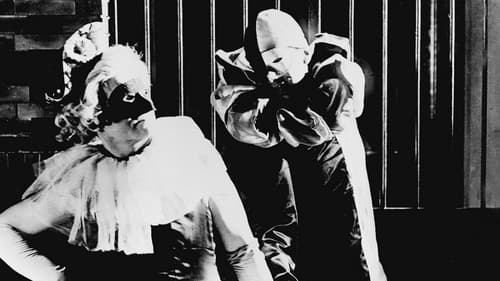
Writer
Desire brings out the worst in an actress' suitors-- One a well-to-do patron of London's theatre set, the other a lovestruck loner on the verge of penning a play dedicated to her.

Director
Desire brings out the worst in an actress' suitors-- One a well-to-do patron of London's theatre set, the other a lovestruck loner on the verge of penning a play dedicated to her.

Director
In Gossette (1923), Dulac experimented with and designed a number of special lenses and prisms to produce a variety of effects and multiply the expressive means which translate the characters' visions and mental states. She also reversed class and gender roles, as she made the female character Gossette come to the aid of Phillipe de Savières, falsely accused of murder, in order to save his name.

Director
An unhappily married woman devises a scheme to get rid of her husband.

Writer

Director
Directed by Germaine Dulac.

Director

Adaptation
"Taking its title from John Keats’s early 19th-century poem, this highly personal melodrama finds Dulac interrogating the archetype of the femme fatale. La belle dame sans merci follows a famous actress who was once seduced and abandoned by a rich man and subsequently resolved to become a “merciless woman,” forever scheming to hurt others (men in particular) in a ruthless yet captivating manner. Dulac challenges the Romantic archetype embodied in Keats’s poem by way of symbolist mise en scène, self-reflexive narration, and her typically associative approach to editing, locating a modern ambiguity within the stereotypical figures of 19th-century art." - Film Society of Lincoln Center

Director
"Taking its title from John Keats’s early 19th-century poem, this highly personal melodrama finds Dulac interrogating the archetype of the femme fatale. La belle dame sans merci follows a famous actress who was once seduced and abandoned by a rich man and subsequently resolved to become a “merciless woman,” forever scheming to hurt others (men in particular) in a ruthless yet captivating manner. Dulac challenges the Romantic archetype embodied in Keats’s poem by way of symbolist mise en scène, self-reflexive narration, and her typically associative approach to editing, locating a modern ambiguity within the stereotypical figures of 19th-century art." - Film Society of Lincoln Center

Adaptation

Director

Director
A Spanish festival reveals the emotional distance between a woman and a man.

Director
A Parisian museum director believes his wife is cheating on him and so places a poisoned cigarette in the box on his desk, thus allowing chance to decide the moment of his death.

Director

Writer
A serial in six episodes: 1) La seconde Marquise de Sombreuse; 2) Le Chateau maudit; 3) Folle; 4) L'Exilee; 5) La Danseuse inconnue; 6) Hallucination et realite. Set in modern day France in a chateau thought to be haunted since the Revolution, a Marquis and his daughter Irene (granddaughter of Marie Antoinette's lady companion) are preyed upon by Latin seductress, Lola, and her brother, Pedro. (Summary by Tami Williams, from the 2018 Il Cinema Ritrovato film program)

Director
A serial in six episodes: 1) La seconde Marquise de Sombreuse; 2) Le Chateau maudit; 3) Folle; 4) L'Exilee; 5) La Danseuse inconnue; 6) Hallucination et realite. Set in modern day France in a chateau thought to be haunted since the Revolution, a Marquis and his daughter Irene (granddaughter of Marie Antoinette's lady companion) are preyed upon by Latin seductress, Lola, and her brother, Pedro. (Summary by Tami Williams, from the 2018 Il Cinema Ritrovato film program)

Director

Director
An industrialist badly in need of money hopes to marry his daughter off to a rich suitor, but she only has eyes for her penniless childhood sweetheart.

Director
A wealthy theatre owner decides to leave his wife for a dancer.

Director












